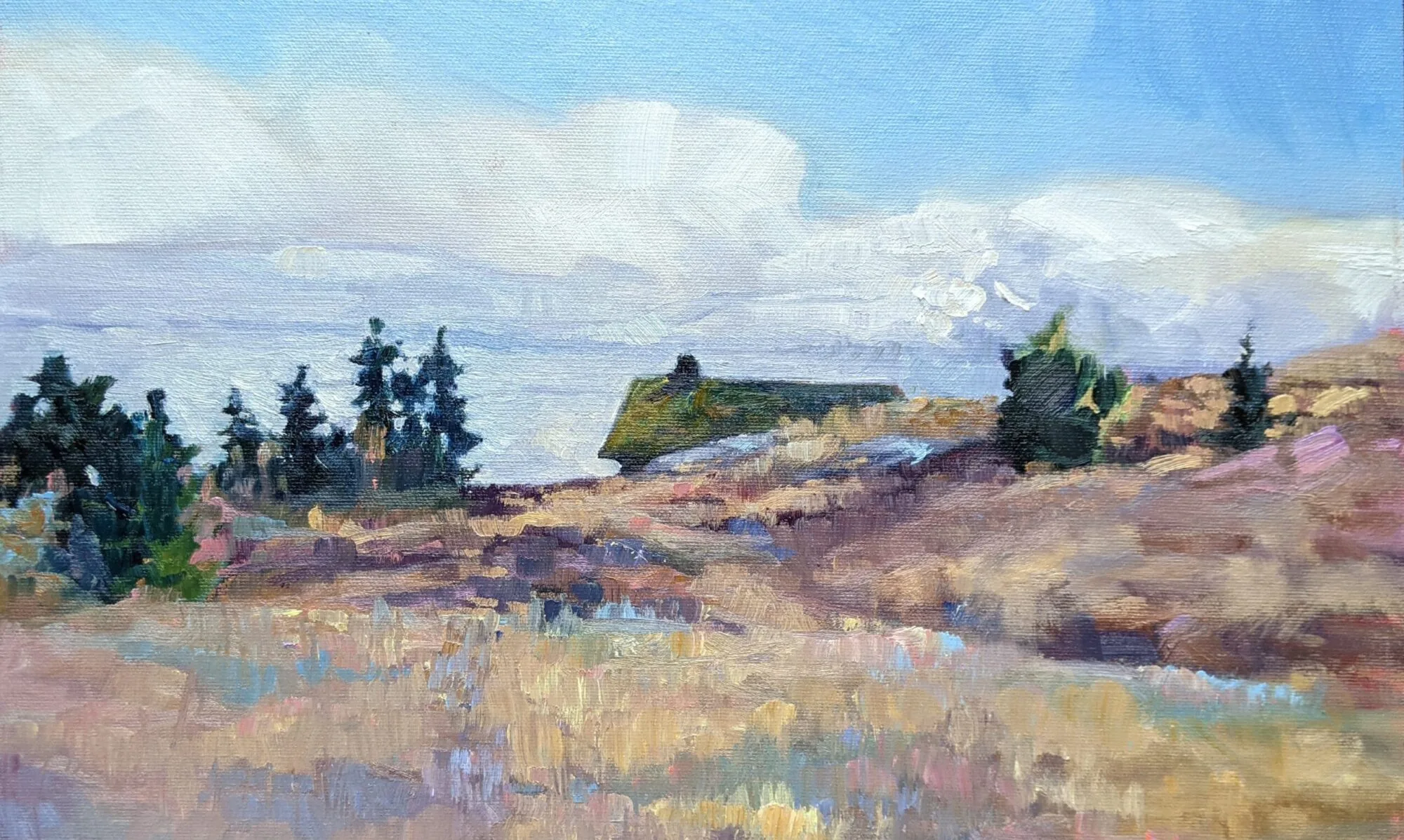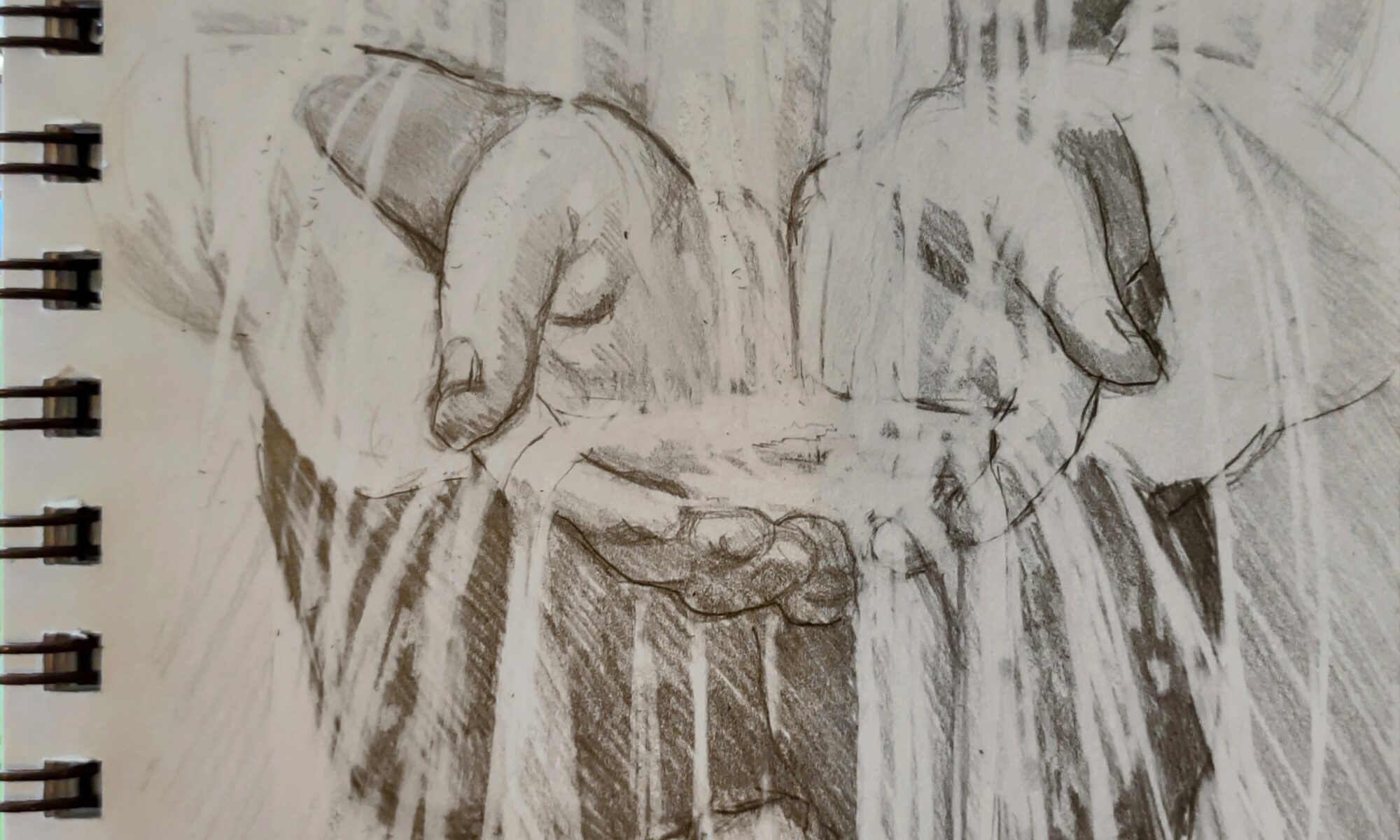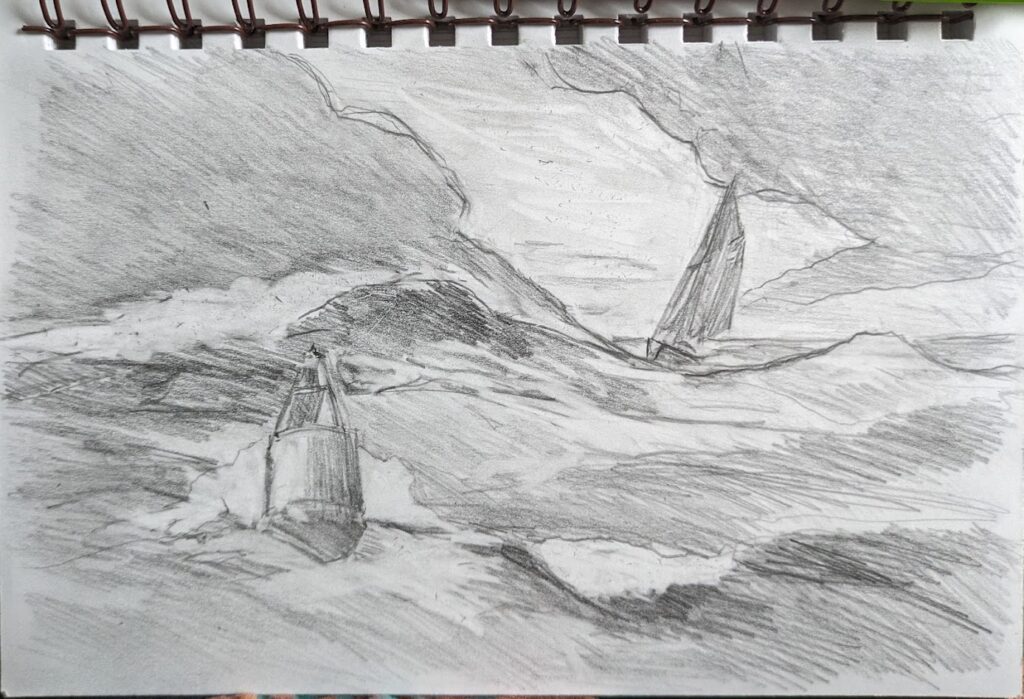
My nine-year-old granddaughter tells me she’s not supposed to use mechanical pencils because her teacher thinks their points break too easily. That got us into a detailed discussion of traditional drawing pencils and other tools.
Wooden Pencils
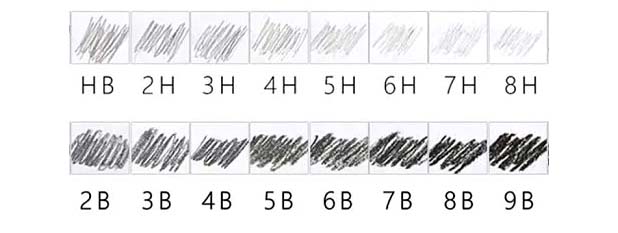
Pencil leads are generally given hardness grades, and each hardness is suited to a different purpose. ‘H’ stands for hard leads, ideal for technical drawing due to their fine lines and lighter marks. ‘B’ represents black or soft leads, which give darker, bolder strokes, perfect for shading. The middle ground is ‘HB,’ balancing hardness and blackness for everyday writing and basic sketching. The higher the number, the farther the lead is from that central HB position.
I do not recommend Blackwing pencils because they’re primarily for writing, not drawing, but if you are interested by the hype, start with a mixed set, here at $23.50 plus shipping. Blackwing doesn’t use the traditional scale, but that set includes a Matte, Pearl, 602, and Original, in descending order of hardness. Of course, to get their full value, you’ll need a Blackwing long-point pencil sharpener, here at $21.00.
Personally, I’m too parsimonious for that. I have General’s ten-pencil set, for the much more reasonable price of $9.99. Add a Maped 2-hole sharpener and a General Mechanical Eraser and you’ll be set.
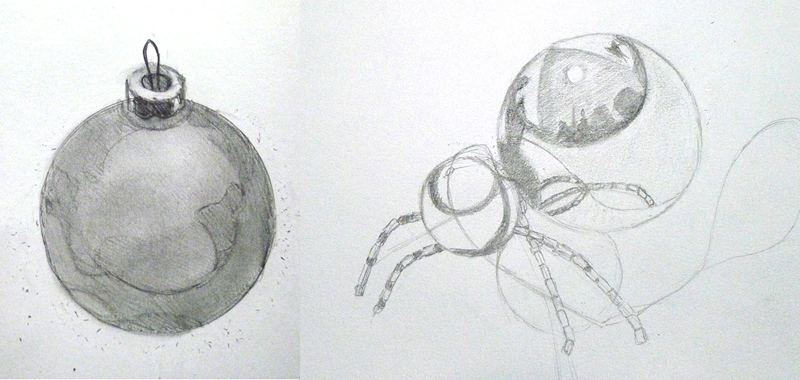
Mechanical Pencils
If you bear down too hard and breaking points is a problem for you, there are two options. You can replace the lead in your inexpensive mechanical pencils with high-polymer lead, which is stronger and denser. Or, move to a .9 mm lead pencil. You can buy hi-polymer 2B leads for this and other pencil sizes from Pentel, and even 4B lead for a .5 mm pencil.
Woodless graphite pencils
Once I get past my sketchbook, I move over to woodless graphite drawing pencils. They don’t need sharpening. Because you can work them on their sides, they make smoother graduated passages than conventional drawing pencils. I have this set, which costs $15.99 and has lasted me forever.
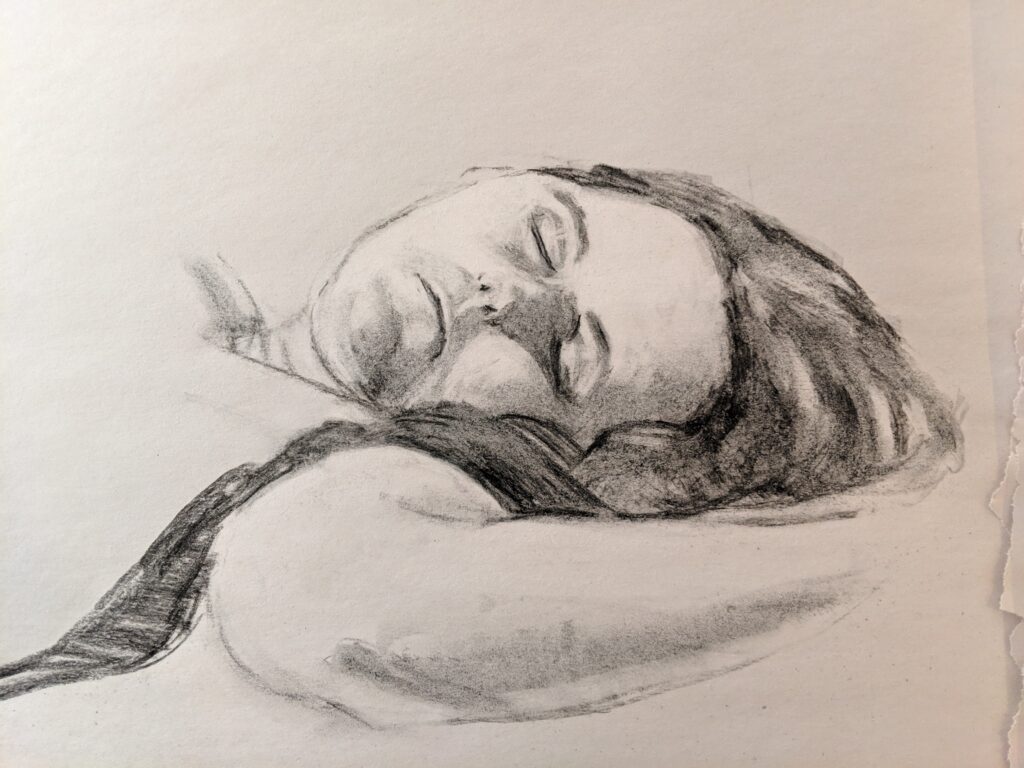
Charcoal
I avoid pressed charcoal; it is difficult to erase due to the binding agent. That also makes it less versatile for blending and making soft transitions. Unlike willow charcoal, it can bleed into paint if you use it for drawing on your canvas. However, it can be useful for fine detail and sharp lines since it can be sharpened.
Willow charcoal is more like painting in that it can be smudged and moved and lifted with ease. My personal preference is Coate’s willow charcoal.
Paper
For sketching, I use a Strathmore Visual Journal, as it’s completely erasable and multimedia when I need to add color.
For woodless graphite and fine work in charcoal, I like Canson Mi-Tiente Pastel Paper. It gives me the greatest control and value range. But for painting design, I use willow charcoal on newsprint, or any other cheap paper I have lying around.
A recap
I didn’t mean for this to be a shopping guide, but it seems to have ended up that way. Here are my ‘real’ holiday gift guides for 2024:
Holiday Gift Guide for Budding Artists
Holiday Gift Guide for Experienced Artists
Holiday Gift Guide: Painting Workshops
Holiday Gift Guide: $100 off any painting on this site.
There are still openings in my January drawing class. For more information see here.
Reserve your spot now for a workshop in 2025:
- Advanced Plein Air Painting, Rockport, ME, July 7-11, 2025.
- Sea and Sky at Acadia National Park, August 3-8, 2025.
- Find Your Authentic Voice in Plein Air, Berkshires, MA, August 11-15, 2025.
- Immersive In-Person Fall Workshop, Rockport, ME, October 6-10, 2025.
